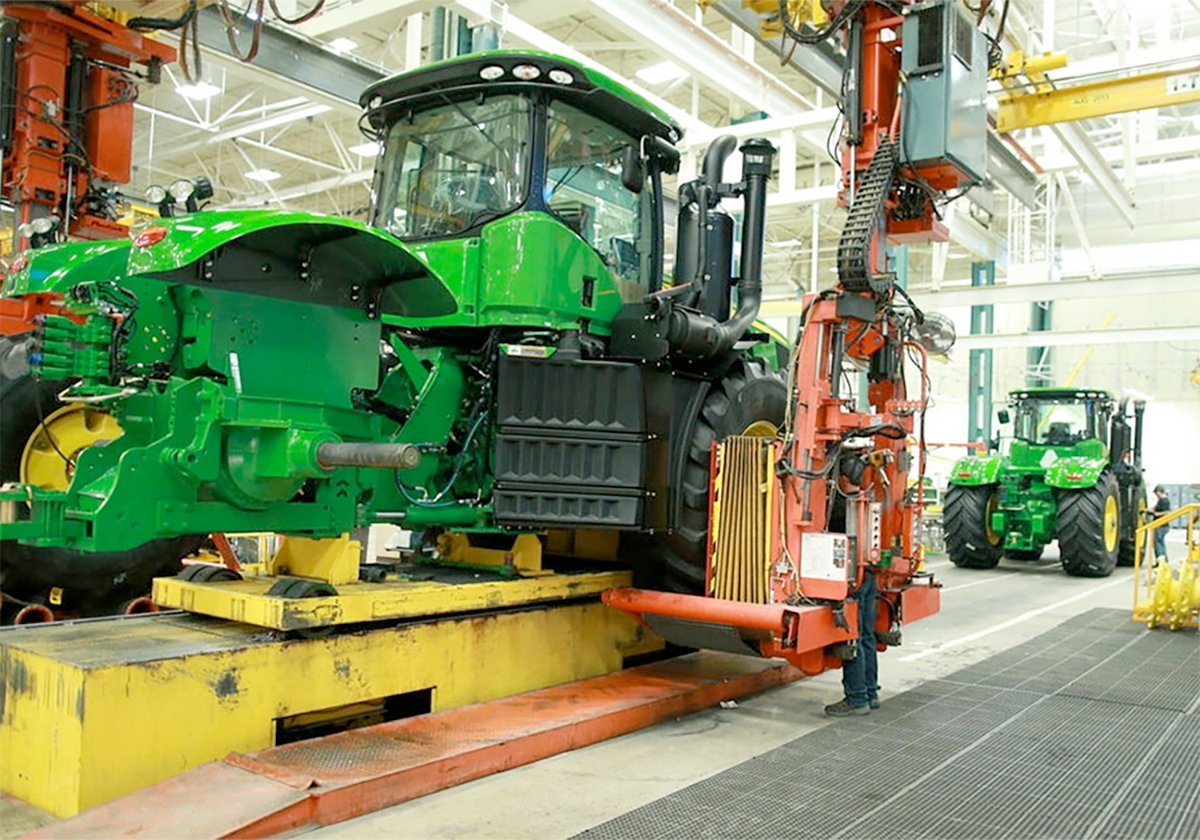IT’S hard to say what is more disturbing as we look toward a new crop
year – what we know or what we don’t know about the rumoured new
national farm policy.
Here’s what we know:
Agriculture Canada predictions suggest a 19 percent drop in Manitoba’s
realized net income, a 47 percent reduction in Saskatchewan and a 22
percent drop in Alberta. This assumes farmers harvest an average crop.
British Columbia’s provincial government plans to eliminate
contributions within two years to either the Net Income Stabilization
Read Also

Trump’s trade policies take their toll on Canadian producers
U.S. trade policy as dictated by president Donald Trump is hurting Canadian farmers in a multitude of ways.
Account or the Whole Farm Insurance Program, removing one safety net
for its farmers.
Payments from government supported programs, which totaled $3.7 billion
last year, are expected to decline by 36 percent to $2.4 billion.
At a Toronto meeting of federal and provincial agriculture ministers on
Jan. 24, the assemblage reviewed an evaluation of current farm safety
nets. The report, expected to be made public, is assumed to be critical
of current programs’ effectiveness.
The same Toronto meeting, notwithstanding an optimistically worded
communiqué, ended with dissension from Quebec and reservations from
other ministers about a national safety net proposal floated by Lyle
Vanclief.
In June, the federal government wants to move forward with a “formal
umbrella accord that will shape Canada’s long-term agricultural
policy,” although that target seems unlikely given recent lack of
agreement.
Here’s what we don’t know:
Details of the national action plan are scant. Information uncovered in
December by the Producer suggests it involves an integrated program
that will be presented as an all-or-nothing option for farmers. It is
not expected to allow for ad-hoc payments in the event of crop or price
disaster.
Farm policy groups have been conspicuously silent in their response to
the action plan, likely because of the dearth of detail.
If last year’s drought continues, prairie farm income will be even
lower than projected, and government’s reluctance to develop ad-hoc aid
programs will become even more worrisome.
Spending is a concern in devising any new federal policy. And most
provinces are reluctant to increase their contributions to farm safety
nets. Will the 60-40 federal-provincial contribution arrangement
survive this new plan? Will the total funding for agriculture be
reduced, thereby saving federal and provincial money on the backs of
farmers? That’s where the signs are pointing, and it’s a disturbing
possibility.
The need for a national farm policy has been stated repeatedly and
loudly by farmers, farm groups and farm press. The development has
begun. A June deadline cannot be allowed to interfere with formation of
a policy that will best serve farmers.
Let’s see the details so farmers can have the input necessary to a
workable national policy.














